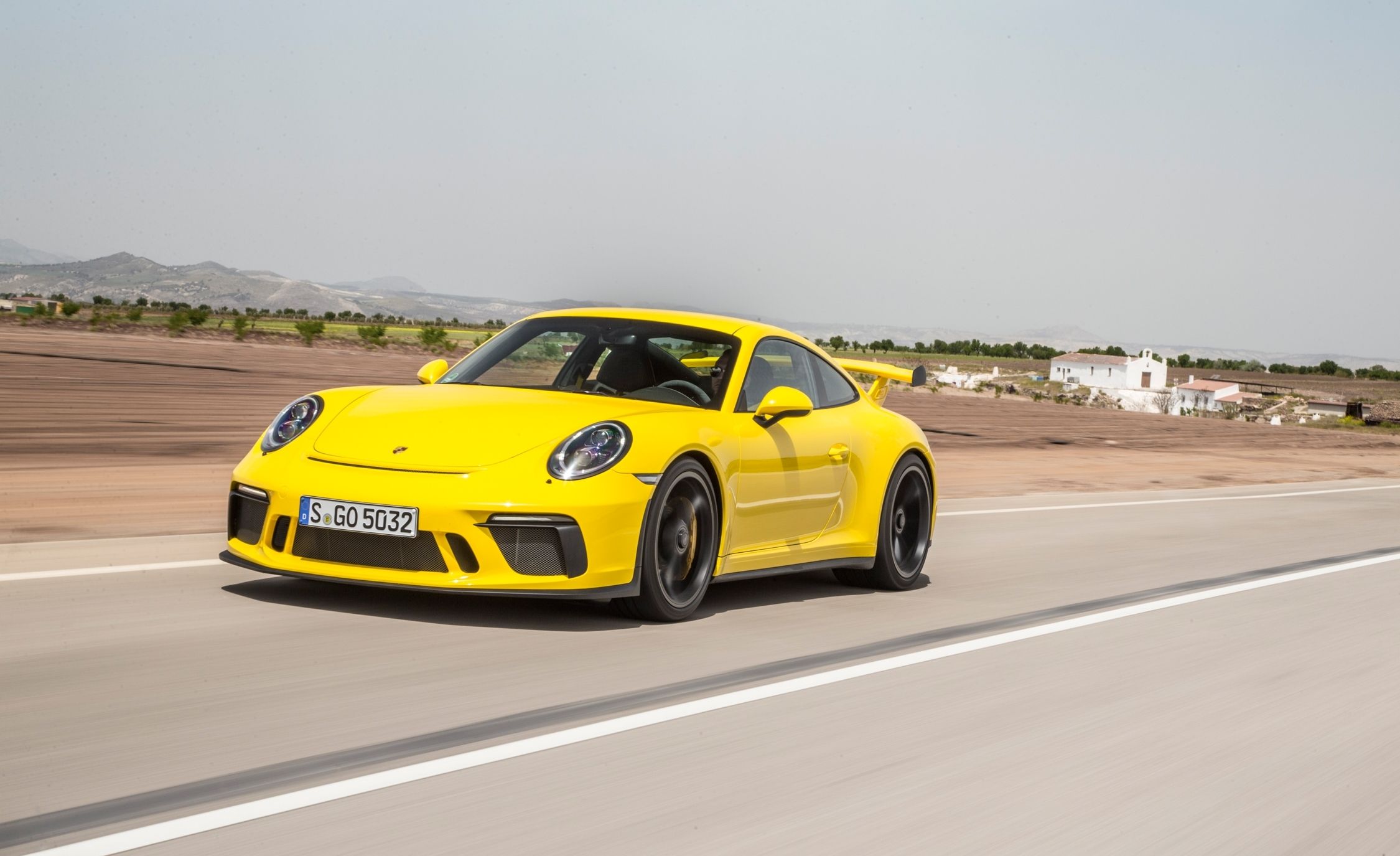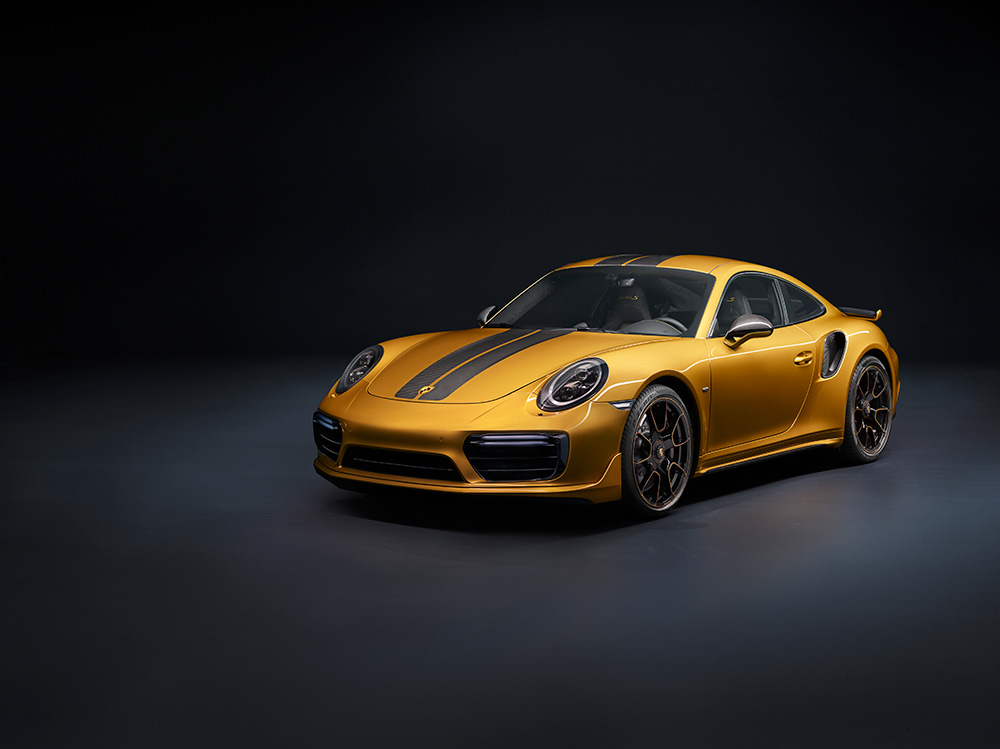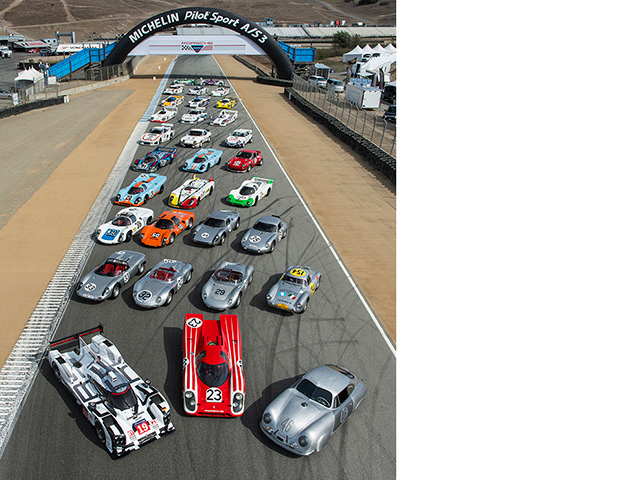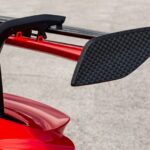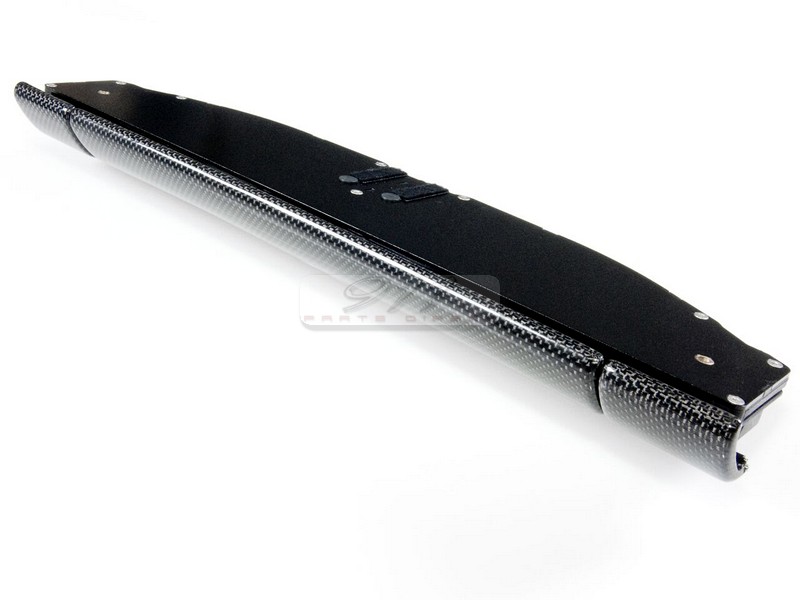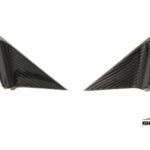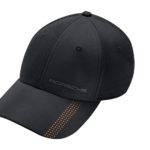For a long time, the new 2020 Porsche 911 has been one of the most prominent sports cars on the market. It has distinct styling and a heavenly performance. The 911 retains the wider fenders previously reserved for all-wheel-drive models. This costly upgrade is highly desirable for customers seeking faster acceleration and all-weather capability.
Another recent development is that the 2020 Porsche 911s are offered in four trim levels: Carrera, Carrera S, Carrera 4, and Carrera 4S. It is available as a coupe or convertible, with rear or all-wheel drive and automatic or manual transmission.
Every one of these models features an incredible twin-turbo six-cylinder engine. This cylinder comes in two potencies and pairs with an excellent automatic or manual transmission depending on customer preference. While the all-wheel drive system is faster and more capable in bad weather, both models quickly transition from fiercely athletic to strikingly elegant.
Features
The National Traffic Safety Administration and the Insurance Institute for Highway Safety did not crash-test 2020 911. Nonetheless, this Porsche has a slew of fantastic features, including driver-assistance technology, automatic high beams, blind-spot monitoring, and even night vision.
Key safety features include forward collision warning and automatic emergency braking as standard, lane departure alert, lane-keeping assist, and adaptive cruise control.
Other available driver assistance features are Front and rear parking sensors, Adaptive cruise control, and Adaptive headlights. Lane keeps assisting, Blind-spot monitoring, Traffic sign recognition, Night vision assistance, and the surround-view parking camera system.
Interior
2020 911’s interior looks quite sophisticated, with a blend of physical control buttons and a large center cupholder. It also has ventilated seats and a big wide screen which the steering wheel often blocks; then there’s the central tachometer with a physical needle that follows the engine’s revs with a terrific 7400-rpm redline. There’s also the gauge cluster which is very different from the usual and uses digital instruments instead of the conventional analog ones.
This new Porsche 911 has a fantastic low-slung driving position and supportive front seats, and the steering wheel has a wide range of adjustments. It also uses piano-black trim on the center console and provides a sizable interior cubby storage. Also, the 911 continues to offer seating for up to four, though the back seats remain a kid-only zone and can subsequently expand on the somewhat limited cargo space.
Every 911 has a 10.9-inch touchscreen built into the center of the dashboard. The center screen highlights the rotary push-button controls on the console, voice control, and buttons on the steering wheel. Porsche also has two high-end surround-sound systems. One has 12 speakers and is made by Bose, and the other has 13 speakers and is made by Burmester. The infotainment system has a Wi-Fi hotspot and supports wireless Apple CarPlay, but it doesn’t have Android Auto.
Exterior
The easiest way to identify a 992 is from the back, where the rear lights now span the entire vehicle width. Front and rear bumpers and lower valences are distinct, adding dimension to the 911’s styling and complementing the smoothness of its sides.
The 911 comes standard with adaptive suspension, which changes the damping force at each wheel; based on driving conditions and whether the brake is in Normal or Sport mode. A sport suspension lowers the car even more, and an additional dynamic chassis monitoring system works to reduce body roll even more when cornering.
The available suspension settings allow the 911 to outdo as a superfluity tourer, not just as a sports car. Her desirable features are the extra supportive Sport Seats Plus and Sport package, which entails a lowered suspension, a louder exhaust system, and a Rearview camera. The Sport Chrono package comprises a launch control and sporty drive modes. There is also the heated, multifunction GT steering wheel, which has a unique passive entry. And the Porsche’s Dynamic Light System Plus, which incorporates automatic high beams and headlights that swivel with the steering wheel.
Power and Perfromance
Hoisted in the back of 2020 911 is a twin-turbo 3.0-liter flat-six-cylinder engine. The base model produces 379 horsepower and 331 pound-feet of torque, while the S model produces 443 ponies and 390 pound-feet of torque. While all Carreras have a quick-shifting eight-speed automatic transmission, S and 4S models have a seven-speed manual. Both variants attain standard with rear-wheel drive and can be furnished with all-wheel drive for high-performance driving in all four seasons.
911 has tremendous acceleration for every application, mostly when their exciting good launch control is utilized. Porsche’s elective sports exhaust system also supports and improves the experience by procuring a fuller engine note. The 911 is as pleasing as ever and wonderful to drive. Its steering is communicative and explicit. The coupe and convertible have improved cornering grasp and resilience. The ride integrity is also flexible, and the 911’s amazing body control allows drivers to switch between relaxed and vigorous sprees easily.
The rear-drive 911 Carrera and Carrera S, as well as the all-wheel-drive Carrera 4, are EPA-rated at 18 mpg downtown and 24 mpg on the highway. The more dominant Carrera 4S, its ratings drop to 18 towns and 23 streets. Manual-transmission models get one mpg less in the city and one more on the highway. An automatic-equipped Carrera S averaged 30 mpg on a 200-mile highway route, outperforming its current lower EPA highway rating by six mpg.
Pros
- Excellent handling, which boosts driver confidence
- Powerful and very economical engines
- Premium interior with lots of customization possibilities
- Very Comfortable and reasonable for daily driving
- Excellent Automatic Transmission
- Significantly Faster Than Previously released models
- Updated Interior Cabin
Cons
- Small trunk and tear size
- Infotainment System is a bit hard to reach and Requires Patience and Practice.
Pricing
According to listings for the 2020 Porsche 911, the average price is about $104,175. Prices for the various trims range from $104,175 to $154,091 and could fluctuate depending on the vehicle’s condition, mileage, features, and location.
Conclusion
The 2020 Porsche 911 places its other competitors near the bottom of extravagant sports car rankings. Even though some competitors can keep up with the 911’s speed, none can compete with its other amazing features and the thrill of driving this Porsche’s rear engine.
Its outstanding rendition and iconic styling make it an appealing package.
The 911 is an incredible machine with a jump in capability and speed compared to previous generations. To drive it is to be influenced by it. Customers have generally agreed that this recent generation of the 911 ups the car’s performance, handling, and effortless thrills sols its riders, perhaps too much.2020 by it.











































